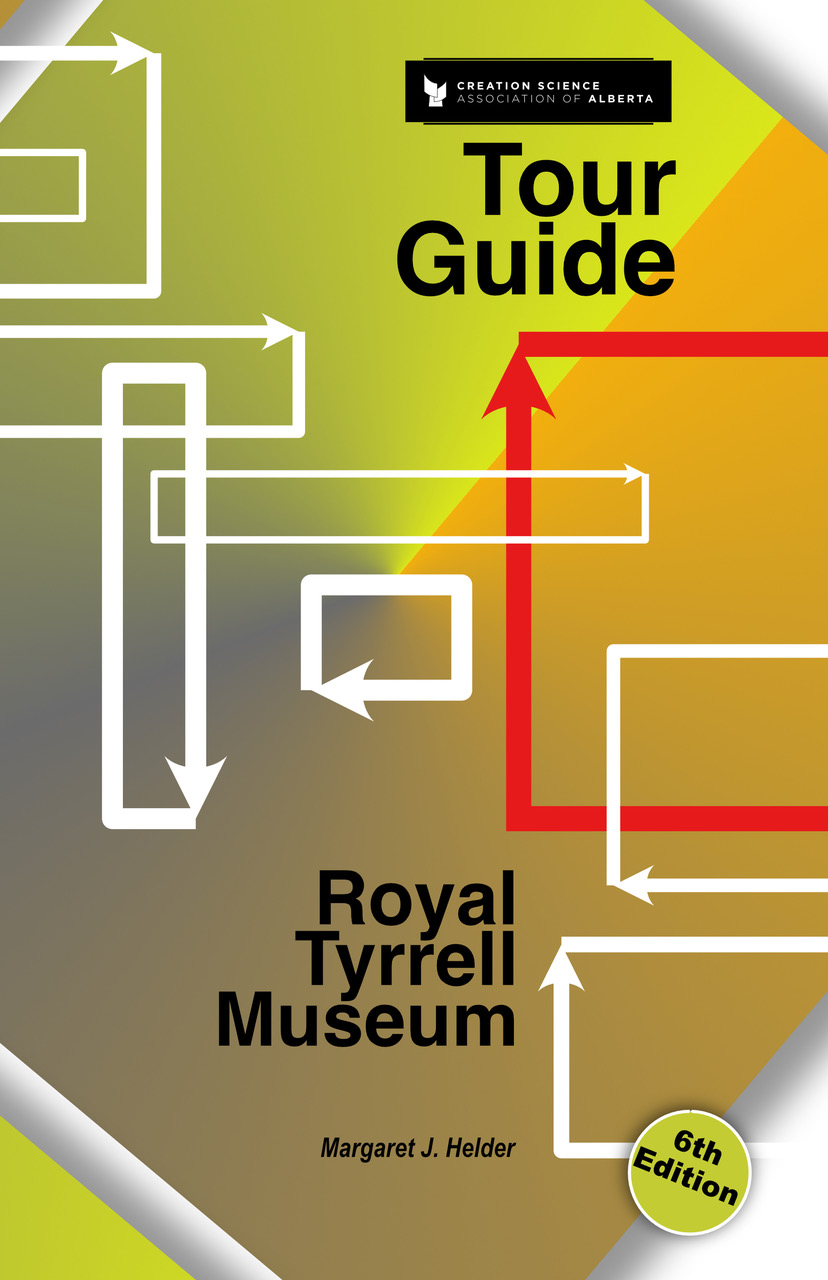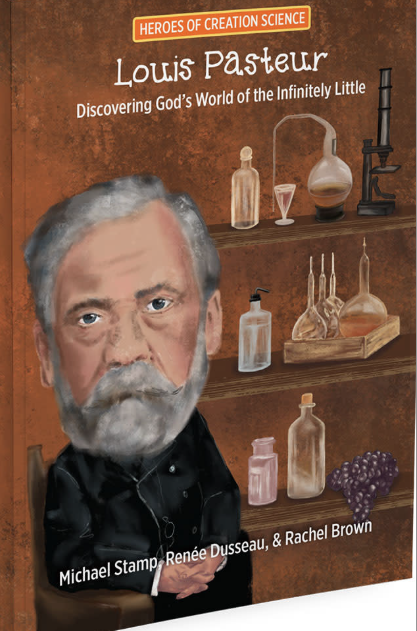Archive
We humans are proud of our accomplishments in science, technology, the arts, and music. And, we have a right to be proud: the technological wonders of the last century have radically changed our world and benefited us enormously. While basking in our accomplishments, though, it behooves us to acknowledge the fact that we have used the natural world as a model for many of our achievements. Many scientists spend a lifetime studying and learning from the wisdom expressed everywhere in creation. In the fields of “engineering, chemistry, ballistics, aerodynamics – in fact in almost every area of human endeavor – nature has been there first” and the natural world is “infinitely more economical of resources and generally superior in performance” than our best efforts (Felix Paturi. 1976. Nature, Mother of Invention. Harper & Row p. 1). Read the rest of this entry »
It is easy to imagine the excitement astronomers felt when the telescope was invented early in the seventeenth century. Until that time, mankind’s observations had been confined to five bright planets, moving against a starry background. Nevertheless 150 more years passed until another planet was discovered. In England in 1781, German-born musician and telescope maker, Sir William Herschel, announced that he had discovered a new planet. This body was named Uranus after the most ancient of the Greek gods. Read the rest of this entry »
One of the few laws strictly adhered to in modern physics is that the speed of light is, was, and ever shall be 300,000 kilometres per second. Light represents the fastest speed attainable by anything in the universe. It is the universe’s speed limit. Nothing can exceed it. Read the rest of this entry »
Imagine a June evening in south central Canada or the nearby United States. As dusk deepens, tiny dots of light appear on bushes, grass or in the air. The tiny lights seem to flash in code. These remarkable lights are fireflies. The more we learn about these insects, the more amazing they appear. This is certainly not a case of familiarity breeding contempt. Adult fireflies are beetles, but unusual beetles. They possess the ability to produce light within their bodies. The adult phase, which many of us have seen, is short and spectacular. Most adult fireflies last only a few days and their principal purpose is to reproduce. Read the rest of this entry »
Four times a year, a group of scientists who recently participated in more than one million dollars worth of research into radiometric techniques for estimating the age of rocks, now conduct meetings to communicate the results of their research to the public. These scientists sought a fundamental correction to the usual assumptions that the earth is extremely old. Read the rest of this entry »
How’d you like to live the life of a snake? For one thing, you’d find getting around much different without arms and legs. But then dust would be a big part of your diet. Blah! Scientists have learned that snakes use their forked tongues for tasting and smelling. Even with its mouth closed, a snake can stick out its tongue; an amazing feat indeed. These slithering reptiles smell their prey by picking up scents from the air and from dust on the ground in order to find their next meal. The tongue then carries these particles to a specialized organ located on the roof of the mouth, called the Jacobson’s organ. This sense organ performs a chemical analysis of the ingested particles. Think of the salivating smells from some fine cooking. A snake bites the dust of the ground not so much for nutrition but for smelling his way to his next meal. Read the rest of this entry »
When I was 19, I had a summer job in a hospital laboratory in Sherbrooke, Quebec. The hospital was fairly small, as it served an English community of perhaps 20,000 to 30,000 people in the extended region. Read the rest of this entry »
Scientists have found what might have been the perfect ancient vacation hotspot with average sea water temperatures of 24C. Now that’s a warm ocean. Where? Smack in the middle of the Arctic. Several geologists recently pulled a core of sediment from the bottom of the Arctic Ocean and discovered a bygone greenhouse world. No one expected to find evidence of temperatures high enough to make Santa sweat. Read the rest of this entry »
Recently scientists finished the detailed study of each human chromosome. The whole effort, begun in the 1980s, ended when the analysis of human chromosome number 1 was published on May 18, 2006. Since each of these strings of chemical code or genetic information is so different, allow me then to introduce you to some of your own chromosomes. Read the rest of this entry »
Did you ever stop to think about water? That most precious of resources, is an amazing compound. Indeed, as we all know, without this commodity, there is no life. Read the rest of this entry »
We have seen scientists in the past, like famous evolutionist Stephen Jay Gould, who declared that “science” and “ethics” including religion, were separate issues, each with their own spheres of influence. The implication was that everyone should be free to support the philosophy of one’s choice. Well that was then, and this is now. Today, with ethical issues as with everything else, it seems there is only one respectable position, that of the secular scientist. To support any other views is to fight “all of science.” Read the rest of this entry »
I really hate to admit it, but in certain situations I am old fashioned! In the good old days, biology students were taught about living organisms. We learned the appearance, life cycles and ecological preferences of various groups of plants, animals, fungi and microbes. Read the rest of this entry »
Imagine that you had never seen a car or any automobile before. You might well be curious as to how the device is able to move. So you examine some vehicles in motion and you come to the obvious conclusion that the wheels are the agents of motion. This is all very obvious and all very true. However if you build a device with chassis and wheels only, you will not get very far. What a car requires is an engine manufactured in a factory and fuel to run the engine. Of course your car needs mechanics to maintain the engine too. It is immediately evident to you that the whole system is the result of designers who conceived of the whole idea and who specify how your car is to be manufactured and operated. Read the rest of this entry »
It is easy to remind ourselves not to believe everything which is confidently declared as fact, but it is quite another to actually follow that good advice. How many generations of English students, for example, have memorized Shakespeare’s ominous declaration in Merchant of Venice: “All that glitters is not gold–/ Often have you heard that told.” (Act II Scene 7). Even today however, centuries after Shakespeare’s time, we all too often believe appearances, whether they be objects for sale or statements of scientific fact. Read the rest of this entry »
Have you ever tried to imagine what a world without grasses would look like? The scenery might well be pretty bleak. Scientists have long declared that there were no grasses present in dinosaur communities. The plant-eating dinosaurs had to make do, we have been assured, with cycads, ferns, horsetails and trees of flowering plants such as palms and magnolias. Read the rest of this entry »






